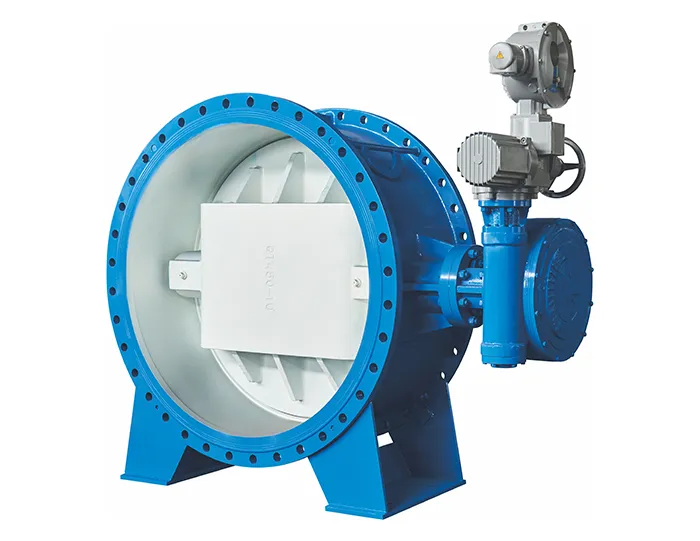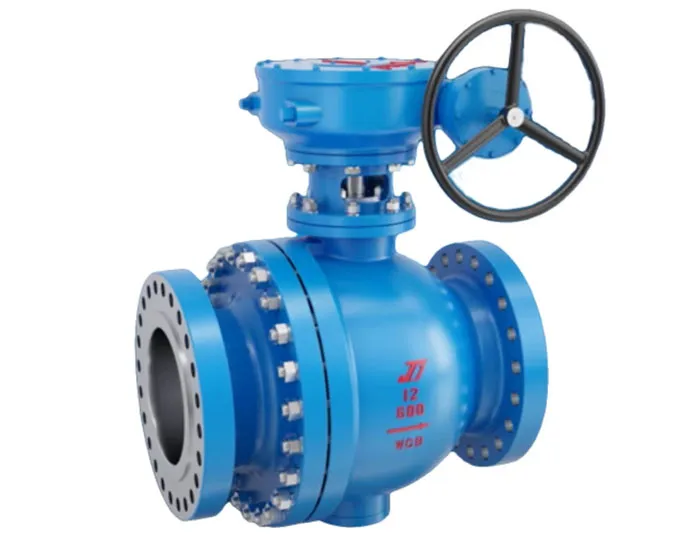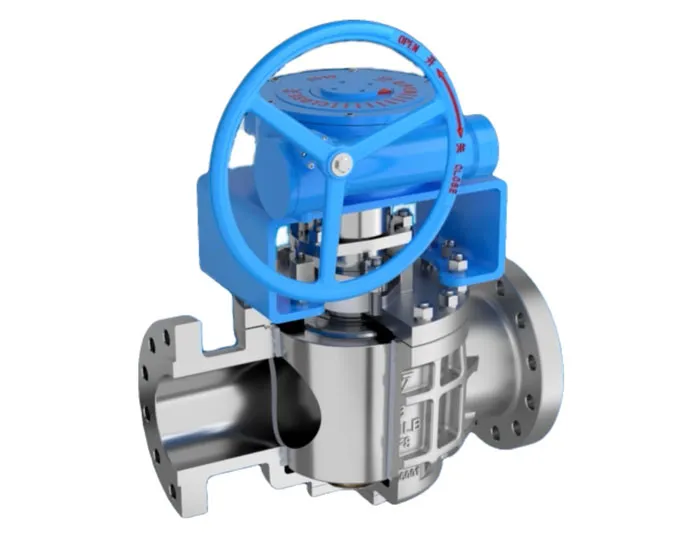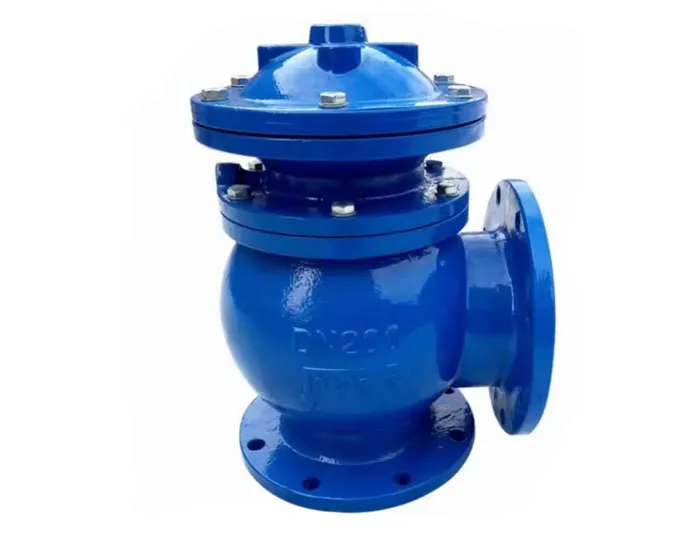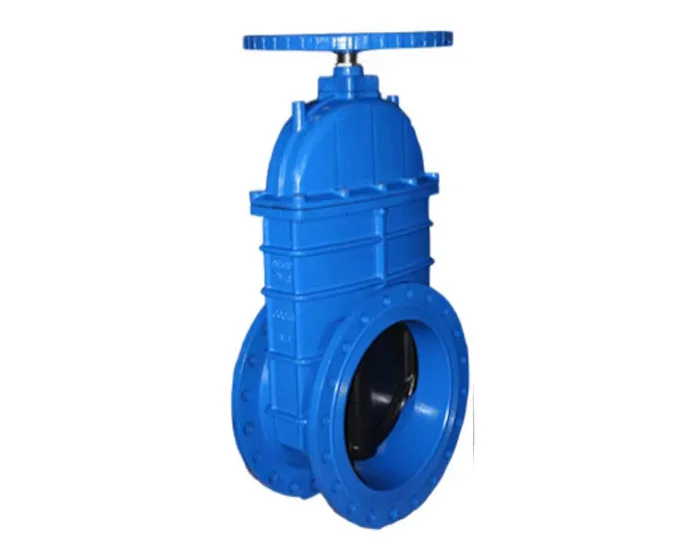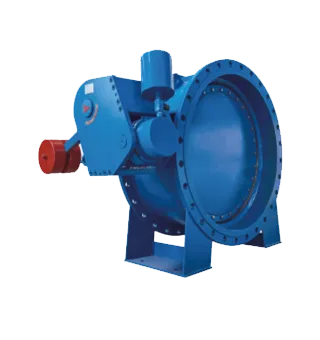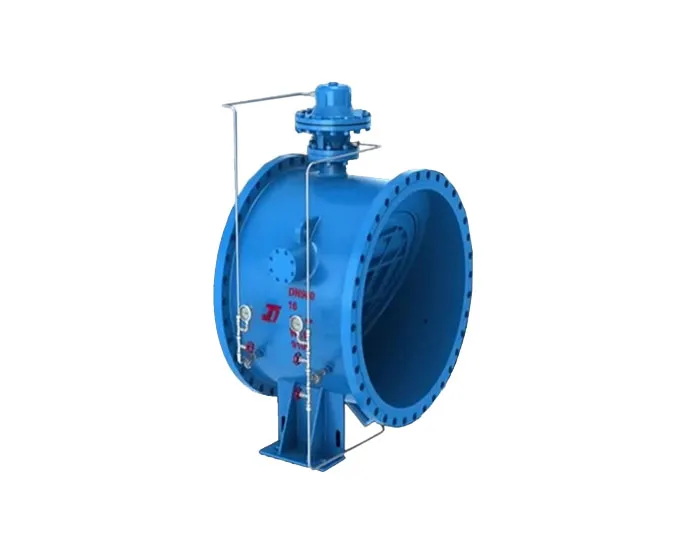Butterfly valve is an important type of industrial valve. The three commonly used butterfly valves are: concentric butterfly valve(Centerline butterfly valve), single eccentric butterfly valve, double eccentric butterfly valve and triple eccentric butterfly valve.
1. Concentric Butterfly Valve or Centerline butterfly valve
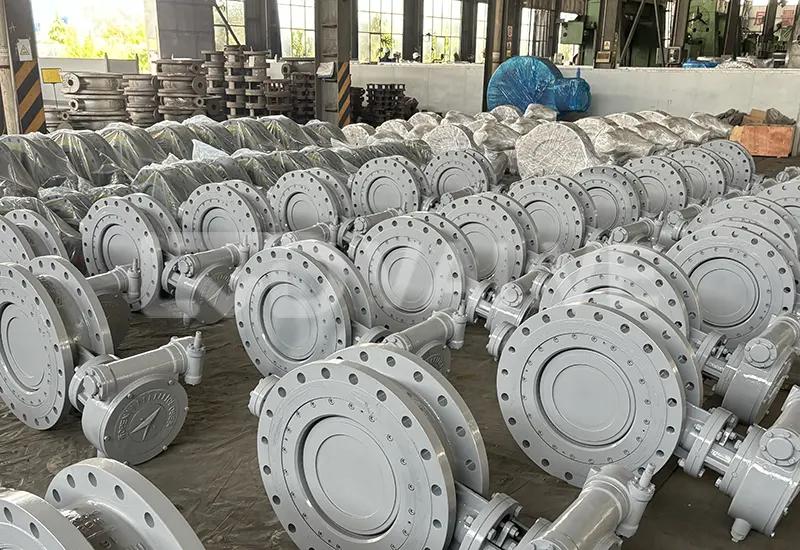
This type of butterfly valve has the structural characteristics of the valve stem axis, the center of the butterfly plate, and the center of the body in the same position. The structure is simple and easy to manufacture. Common rubber-lined butterfly valves is a kind of concentric butterfly valve. The disadvantage is that the butterfly plate and the valve seat are always in a state of extrusion and scraping, the resistance distance is large, and the wear is fast. In order to overcome the extrusion and scraping and ensure the sealing performance, the valve seat is basically made of elastic materials such as rubber or polytetrafluoroethylene, but it is also limited by temperature in use. This is why butterfly valves are always considered to be not resistant to high temperatures.
2. Single eccentric butterfly valve
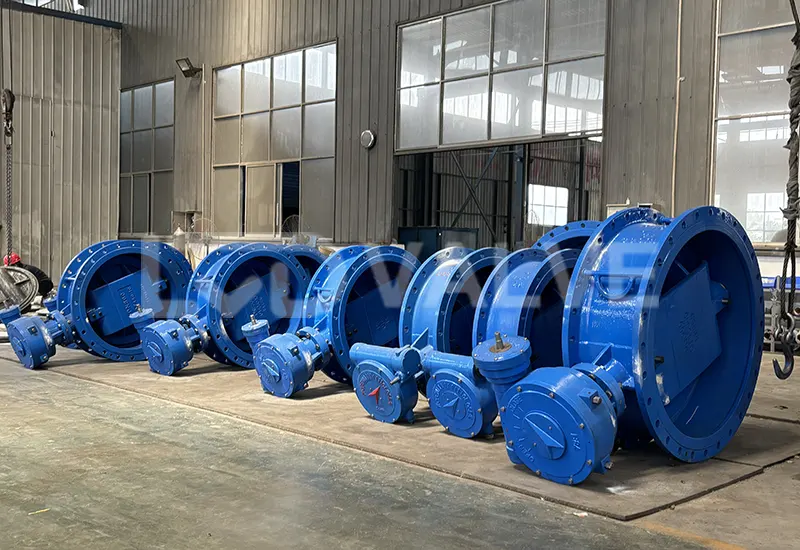
The single eccentric butterfly valve is designed to solve the problem of squeezing between the butterfly plate and the valve seat of the concentric butterfly valve. The single eccentric butterfly valve has a structural feature in that the valve stem axis deviates from the center of the butterfly plate, so that the upper and lower ends of the butterfly plate no longer become the rotation axis, dispersing and reducing the excessive squeezing between the upper and lower ends of the butterfly plate and the valve seat.
However, because of the fact that the scraping phenomenon between the butterfly plate and the valve seat does not disappear during the entire opening and closing process of the single eccentric structure, the application scope is similar to that of the concentric butterfly valve, so it is not widely used.
Structural features of single eccentric butterfly valve:
The rotation center of the disc plate (i.e. the valve shaft center) is located on the center line of the valve body, and forms an A-size offset on the valve plate sealing section. The single eccentric butterfly valve is a butterfly valve in which the rotation center of the disc plate is on the center line of the valve body, the valve plate deviates a distance from the sealing surface, which is suitable for soft sealing.
When the valve closed, the valve seat and the valve plate sealing surface are in a state of relative interference contact. To achieve sealing, it is mainly to compress the sealing ring to expand it in the peripheral direction to generate the sealing specific pressure and the pipeline pressure on the valve plate to achieve sealing, so it can only be sealed in one direction.
When the valve opened, the contact between the valve plate and the valve seat is separated from the valve seat on one side, and the other side is always in two-point contact along the axial direction of the semicircle. Repeated opening and closing can easily damage the sealing ring, affecting the sealing performance, and it is more impossible to fulfill metal sealing.
3. Double eccentric butterfly valve
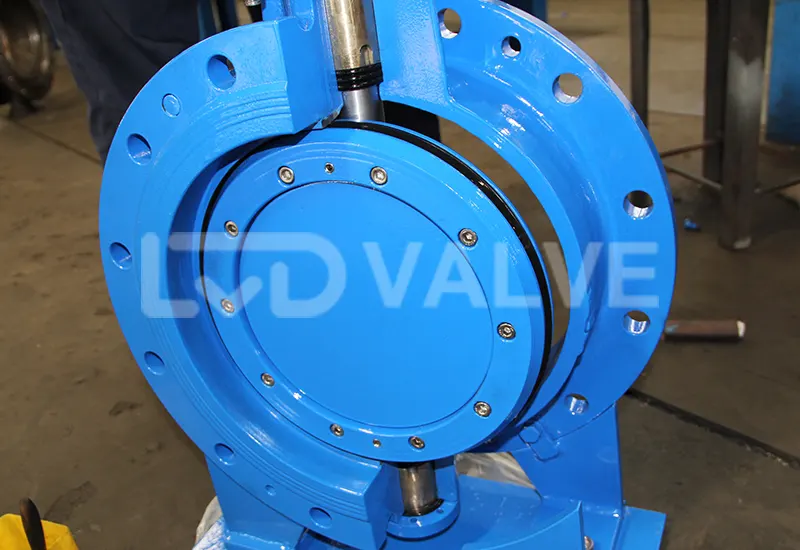
The double eccentric butterfly valve is a further improvement on the single eccentric butterfly valve, which is the most widely used double eccentric butterfly valve nowadays.
Structural features of the double eccentric butterfly valve:
The valve disc rotation center (i.e., valve axis center) forms a dimension A offset with the valve disc sealing cross section, and forms a dimension B offset with the valve body center.
Its structural feature is that the valve stem axis deviates from both the center of the butterfly plate and the center of the body. The double eccentric effect enables the butterfly plate to quickly separate from the valve seat after the valve is opened, greatly eliminating unnecessary excessive extrusion and scraping between the butterfly plate and the valve seat, reducing the opening resistance, reducing wear, and increasing the life of the valve seat. The significant reduction in scraping also allows the double eccentric butterfly valve to use a metal valve seat, improving the application of butterfly valves in high-temperature fields.
Sealing principle of double eccentric butterfly valve
Because its sealing principle belongs to the position sealing structure, that is, the sealing surface of the butterfly plate and the valve seat is in line contact, and the sealing effect is produced by the elastic deformation caused by the butterfly plate squeezing the valve seat. Therefore, it has very high requirements on the closing position, especially the metal valve seat, and the pressure bearing capacity is low. This is why people traditionally believe that butterfly valves are not resistant to high pressure and have large leakage.
4. Triple Eccentric Butterfly Valve
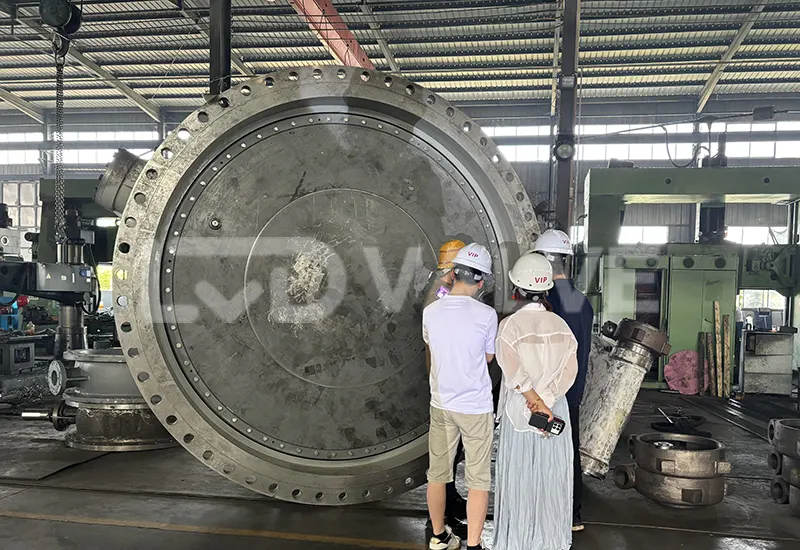
The three-eccentric butterfly valve must be resistant to high temperatures and must use hard seals, but the leakage is large. If there is no leakage, soft seals must be used, but they are not resistant to high temperatures.
Structural features of triple eccentric butterfly valve:
The valve disc rotation center (i.e., the valve shaft center) forms an A offset with the valve disc sealing section, and forms an b offset with the valve body center; the valve body sealing surface center line and the valve seat center line (i.e., the valve body center line) form an angular offset.
In order to overcome the contradiction of the double eccentric butterfly valve, the butterfly valve was eccentric for the third time. Its structural feature is that while the axis of the double eccentric valve stem is eccentric, the conical axis of the butterfly plate sealing surface is deflected to the cylindrical axis of the body. In other words, after the third eccentricity, the sealing section of the butterfly plate is no longer a true circle, but an ellipse, and the shape of its sealing surface is asymmetric, with one side tilted to the center line of the body and the other side parallel to the center line of the body.
The biggest feature of the triple eccentric butterfly valve is that it fundamentally changes the sealing structure. It is no longer a position seal, but a torsion seal, that is, it does not rely on the elastic deformation of the valve seat, but completely relies on the contact surface pressure of the valve seat to fulfill the sealing effect.
LVDValve provides the above information on butterfly valve types. If you want to know more about butterfly valve types, please contact us via WhatsApp or email.

